The Mani peninsula stands as Greece’s most fiercely independent region, famous for wild landscapes, stone tower homes, and a stubborn tradition of self-reliance. The moment my travels took me twisting through rocky hills and into tiny mountain hamlets, I could feel what sets Mani apart. This isn’t the Greece of crowded beaches or bustling cities—it’s rugged, real, and honestly, a bit untouched.
My journey into Mani turned out to be more than a typical trip; it felt like stepping back in time. Olive groves, remote bays, and silent towers told stories of strong-willed people who built their homes like fortresses.
With every mile, I stumbled upon parts of Greek culture that seemed hidden from the usual travel plans.
If you’re searching for adventure, inspiration, or just a different way to experience Greece, Mani calls you to embrace its wild soul. You might walk away seeing the country in a whole new light.
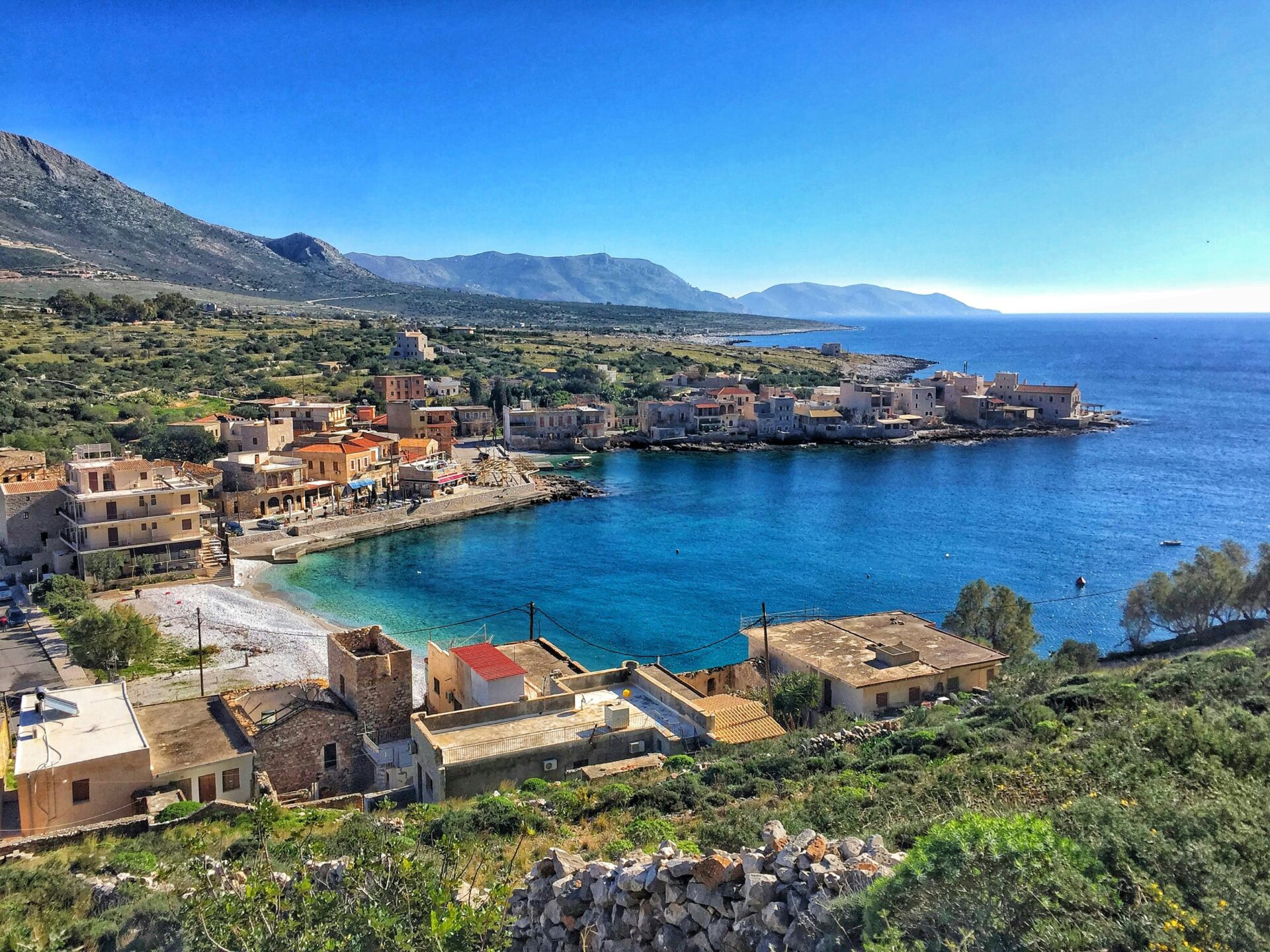
Understanding the Mani Peninsula: Geography and Lore
Mani is a land carved by towering mountains, hidden coves, and centuries-old stories of resistance. Its steep cliffs and dramatic coastline have kept its people isolated, letting unique traditions and a fierce sense of independence flourish.
Geographical Wonders and Natural Barriers
The Mani Peninsula sits in the southern part of Greece’s Peloponnese. The jagged Taygetos mountains run down its spine, cutting Mani off from much of the outside world.
As I drove along narrow roads, barren limestone slopes dropped sharply to the deep blue sea. The whole place felt wild and unyielding.
Rugged canyons and hidden valleys slow travel here, but the rewards are worth it. Olive groves cling to rocky hillsides, and ancient stone towers rise up like silent sentinels.
Natural barriers like steep gorges and rough terrain have kept villages protected, giving Mani its reputation for isolation.
I found out quickly that Mani’s geography isn’t just a backdrop—it shapes every encounter, from the remote mountain hamlets to the nearly deserted beaches.
If you want to explore here, you’ll need sturdy shoes and a bit of a wild spirit.
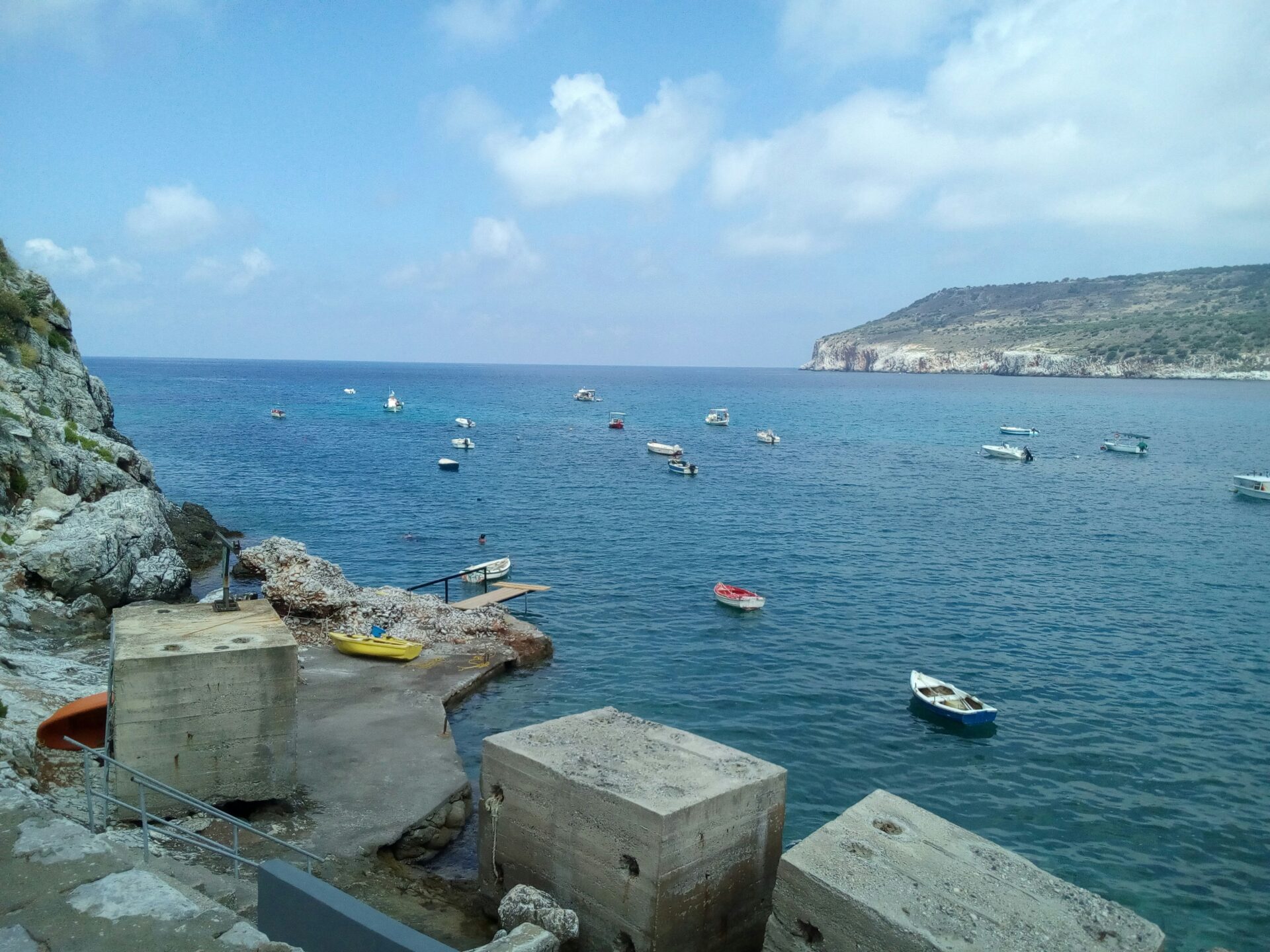
Legends, Myths, and the Enigma of Independence
Stories run deep in Mani, just like the rocky soil under my feet. Locals claim their bloodlines trace back to ancient Spartans.
Legends tell of refugees who, fleeing invaders, settled in these mountains to keep their freedom. I heard tales about pirate hideouts tucked into sea caves, passed down over generations.
People here still show off their independent spirit. Fierce loyalty to family—sometimes played out in those famous tower house feuds—remains strong.
In local lore, the Maniots never bowed to Ottoman rule. They lived by their own code, and I felt the weight of that history in every stone wall and village square.
There’s something enigmatic about Mani. Outsiders get a curious welcome, but also a bit of caution, as the peninsula guards its unique identity.
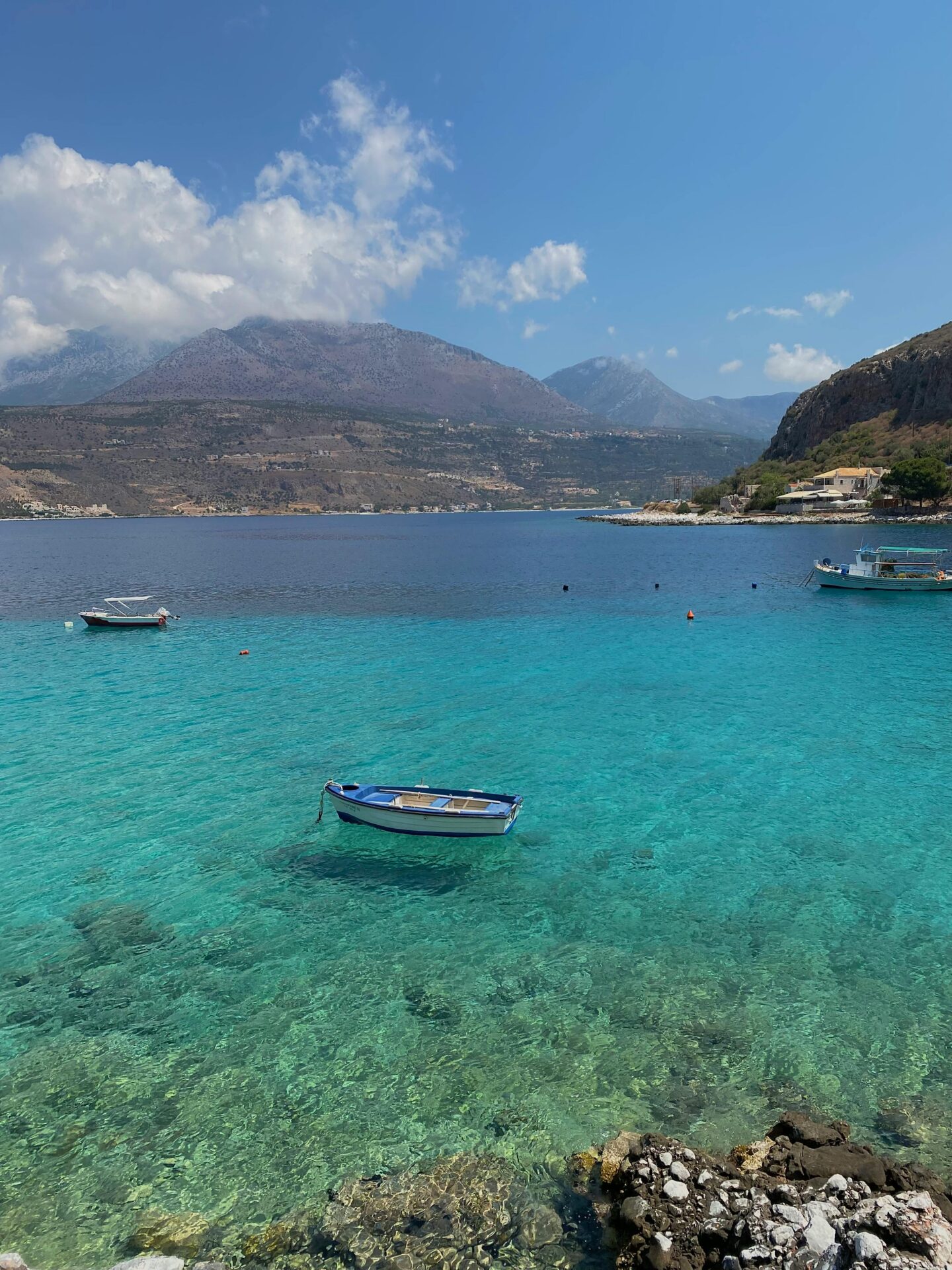
Mani in the Tapestry of Greek History
Walking the sunbaked trails, I saw how Mani weaves its past right into daily life. Though once cut off, Mani played a big part in Greek history.
Its families led early revolts for independence in the 1820s, inspiring the rest of Greece to rise up. Even before that, Mani’s remoteness gave refuge to those escaping domination since ancient times.
Ruins of Byzantine chapels and medieval towers dot the hillsides, reminders of past civilizations that held out against time and conquerors alike.
Each village shows off feudal history, with tight clusters of tower houses built for both defense and family pride.
To me, Mani stands for the progress of knowledge and courage—a living museum where history breathes through everyday life.
Every stone here has a story, just waiting for someone to listen as they wander Mani’s rugged paths.
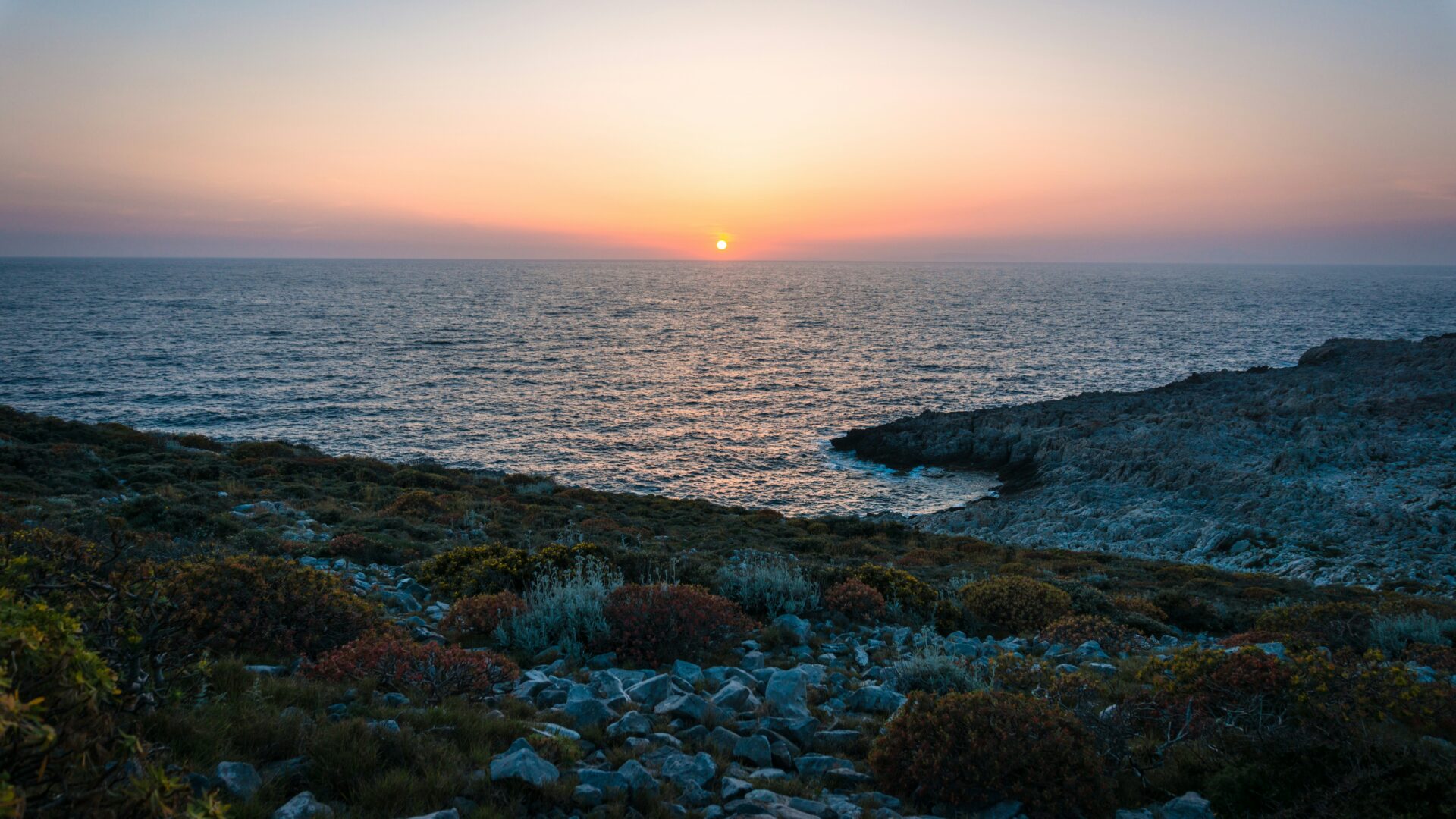
Journeys Off the Beaten Track: Planning, Maps, and Logistics
Exploring Mani means stepping into rugged landscapes where reliable planning, detailed maps, and resourceful logistics matter more than you’d think. Good preparation can turn daunting terrain into a real adventure, making every mile a chance to learn, adapt, and connect with the local spirit.
Mapping the Wilderness: The Importance of Good Guides
Mani’s backroads snake through steep mountains, olive groves, and stone villages that barely make it onto tourist maps. On my first trip, even GPS apps struggled to keep up.
A printed map in my backpack saved me after several navigation mishaps.
I started to compare digital and paper sources so I could avoid dead ends. The best guides? Often locals. They hand-drew routes on my map, pointed out hidden springs, and warned me about what to avoid after heavy rain.
A good guidebook—usually written by someone who’s spent years exploring Mani—reveals unmarked sites and historical stories you’d never find otherwise.
Here’s a quick guide to reliable planning tools for Mani:
| Tool | Strengths |
|---|---|
| Paper Maps | Details old tracks, no battery needed |
| GPS Apps | Up-to-date routes, easy corrections |
| Local Tips | Unlisted spots, real-time conditions |
| Guidebooks | Background, context, deeper insights |
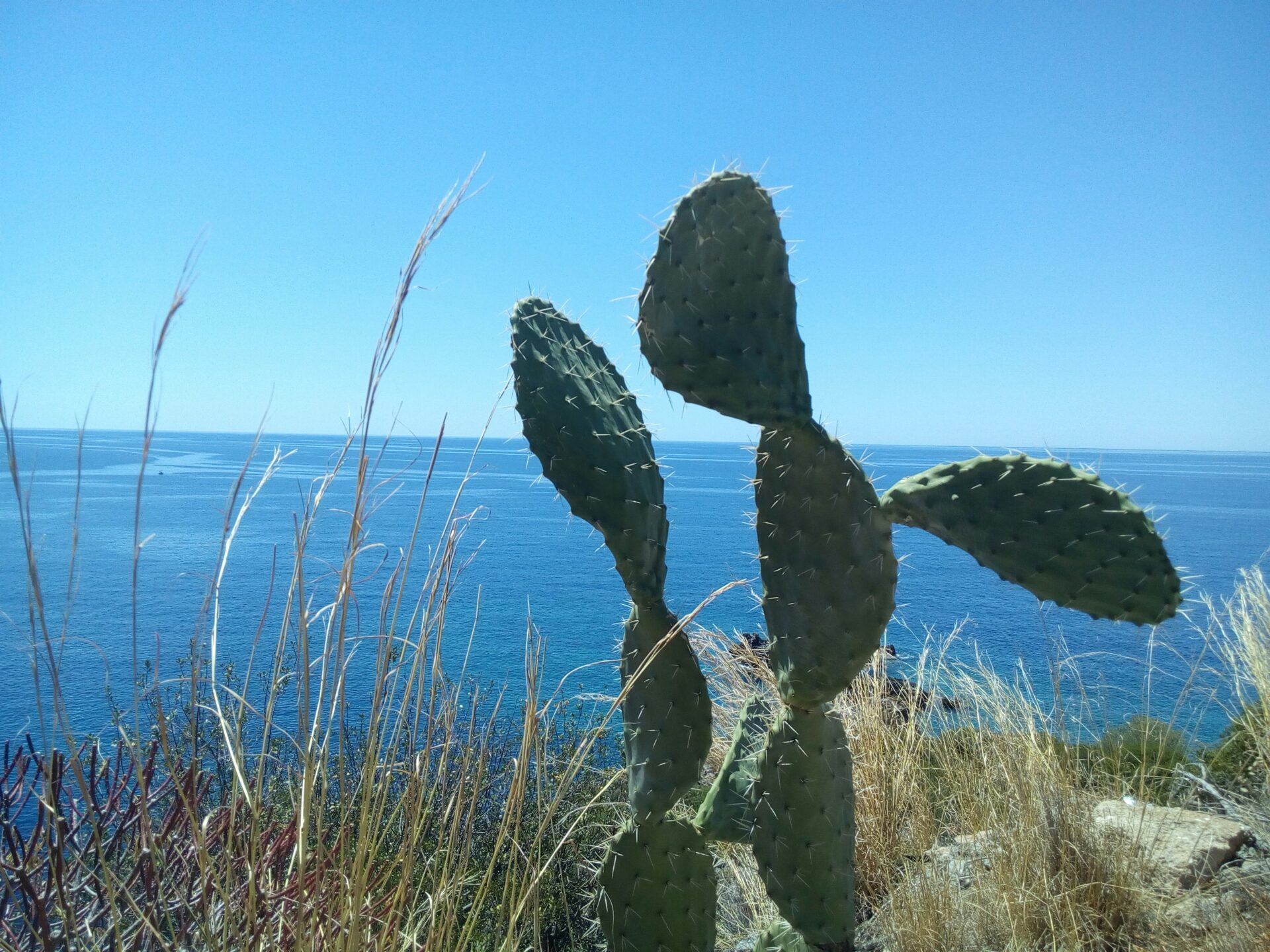
Adventures, Inconveniences, and Expedition Essentials
Even with the best map, Mani will test your patience. Roads can switch from gravel to stone in the blink of an eye.
I once had to turn around because a rockfall blocked the path overnight. Small groups of hikers shared trail updates, and I learned to always pack extra snacks, water, and a basic first-aid kit.
Unexpected challenges pop up all the time: springs dry up in the heat, trails vanish behind tall grasses, and you might not find supplies for miles.
Having a simple expedition checklist helped me—water, good shoes, a hat, layered clothing, and a fully charged phone.
Minor hassles start to feel like stories worth telling around a mountain campfire.

Local Support, Patience, and Cultural Understanding
Villagers in Mani are famously independent, but when you approach them with respect, they offer directions, advice, and sometimes even coffee.
I learned patience the hard way; everything moves at its own pace here. Buses show up when they want, supplies arrive when the sea allows, and repairs take as long as they take.
Understanding local customs made travel smoother. I always greeted elders first and tried to accept the slow rhythm of village life.
When I messed up—like showing up at the wrong time for a festival—locals gently corrected me and helped me feel welcome. Every small encounter became a highlight of my trip.
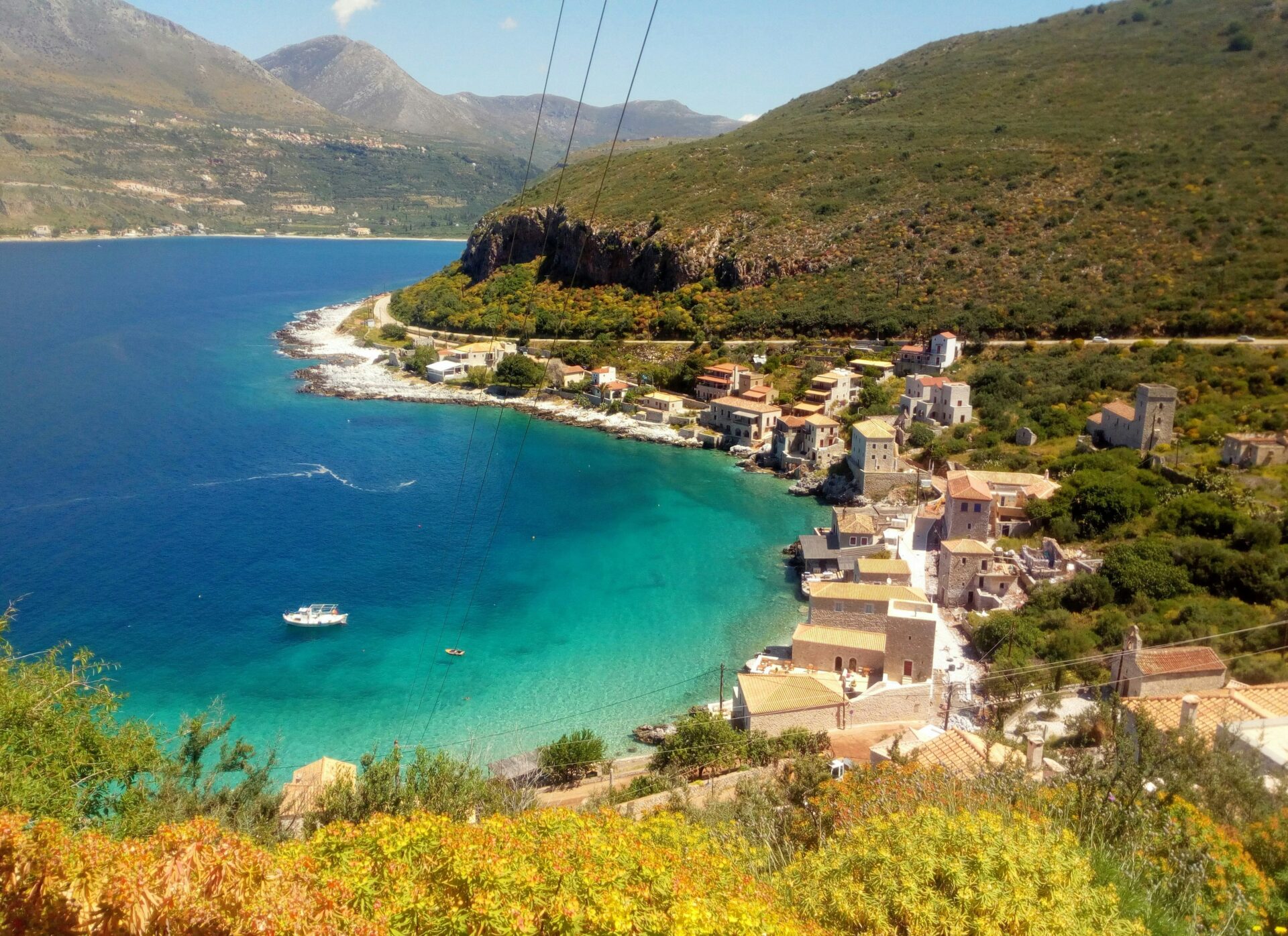
Encounters With the Wild: Nature, Villages, and Traditions
Mani’s rugged coast and lonely hills create a landscape that’s both beautiful and raw. Days here mean stumbling across silent places, small fortress towns, and customs shaped by the land itself.
Exploring Mani’s Stark Beauty: Deserted Lands and Ancient Plants
Walking through Mani feels like stepping into another world. Dry hills stretch beneath a sky that’s almost too blue.
Some parts feel almost desert-like, with rocky soil and stubborn plants clinging to every inch.
Olive trees are everywhere, their silver leaves catching the sun. Prickly bushes, wild herbs, and bursts of color from wildflowers push up between stones.
These plants have survived centuries of wind and sun with barely any water.
In spring, the whole landscape explodes with color and scent, turning every hike into a discovery.
Small rivers and springs give life to narrow valleys. I found tiny frogs and dragonflies in hidden pools—proof that water, though rare, works magic here.
Even in the harshest spots, Mani keeps surprising me with life.

Village Life: Commerce, Fortresses, and Local Customs
Villages perch on rocky slopes or line winding roads, each one shaped by its own history.
Stone tower houses still stand as reminders of old feuds and the need for safety that shaped local life.
Markets offer olives, honey, and herbs—everything grown right on these stubborn fields. Buying something often turns into a chat with the shopkeeper about their land or family.
One morning, I watched fishers haul in their catch and sell it straight from bright boats on the shore.
Tradition weaves through every day. In the afternoons, locals gather in shady squares for coffee and news.
Music and dance fill the air during feast days, and families open their homes to everyone. Even as modern life creeps in, Mani’s spirit still feels rooted in the land and its old ways.
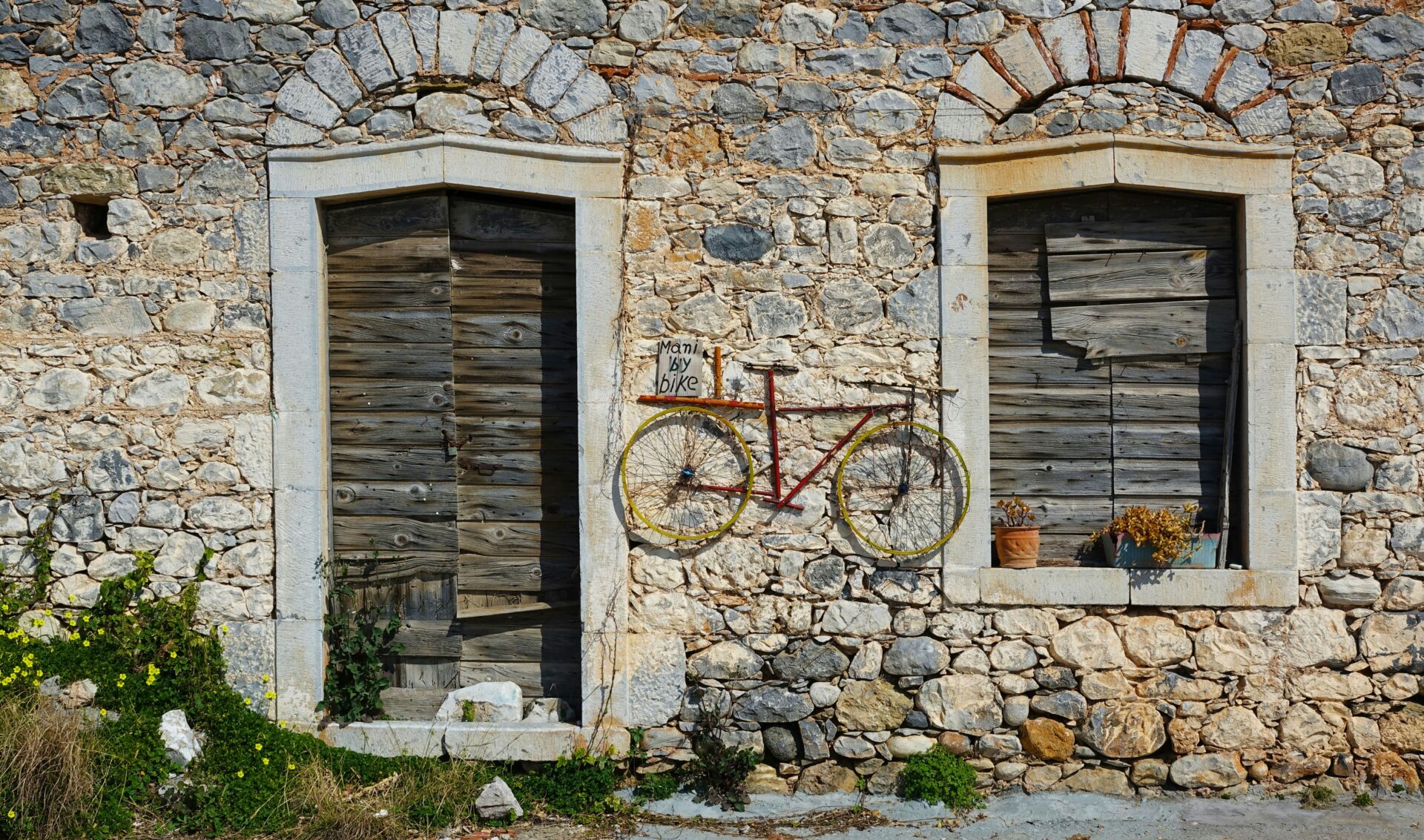
Stories of People: The Soul of Mani Through Its Inhabitants
As I wandered Mani, I realized the peninsula’s true spirit lives not just in its wild land and stone towers, but also in the faces and voices of its people.
Every encounter told a story about tradition, bravery, and how the past quietly shapes daily life.
Intergenerational Narratives: Children, Wives, and Heritage
Children played in the shadow of ancient pyrgi, chasing each other among olive trees. They made me see how history is not just remembered here—it’s lived.
I met wives who balanced daily life with the weight of family legacy. They kept old customs alive, cooking local recipes passed down for generations or tending small family chapels.
One grandmother, Maria, proudly showed me wedding photos near a crumbling tower house. She explained how marriages often kept kin together, and how daughters and sons learned the values of loyalty and hard work.
In Mani, inheritance means more than property. It’s about duty and a deep connection to place. These traditions, sometimes quiet, sometimes stubborn, link each generation.

Tales of Freedom: Military Service and the Spirit of Independence
Mani has a long tradition of military service. People built the stone towers as fortresses for defense and pride, and you see that everywhere.
Older men shared stories about serving in the Greek military or local militia. For many, those experiences shaped their sense of fierce independence.
These tales, often told with laughter over glasses of tsipouro, always circled back to struggle, honor, and freedom.
Centuries of resisting outside rule shaped this identity. That spirit lives on in every memory of hardships faced together or wars retold in family talk.

Migration, Biography, and Hidden Histories
Many people I met talked about relatives who left Mani for Athens, Australia, or America. Migration sits at the heart of almost every family’s story here, changing lives but keeping deep ties to home.
Some shared stories of brothers, cousins, and even lovers whose paths led them far away. Behind the jokes, I sensed loss—old secrets, or stories about hidden romances, sometimes whispered but rarely spoken aloud.
In traditional Mani, delicate topics like sexuality, lies, or family conflict often stay unspoken, woven into local identity.
Still, I realized these hidden histories make Mani’s people complex and real. Each story showed the courage it takes to stay, leave, or just be yourself here.

Documenting Mani: Photography, Art, and Cultural Reflections
Mani’s distinct character comes from its rugged beauty, history, and fiercely independent people. Through photos, translations, and accessible resources, I found ways to connect with and share Mani’s story.
Capturing the Journey: Photography and Illustrations
Photographing Mani became my way into its soul. Stone villages and wild landscapes offered endless subjects.
I carried both a camera and a sketchbook, and honestly, the best images came early in the morning, when the sun turned the rocks gold.
Photographers like Edward Eliopoulos and Constantine Manos have also captured life here, focusing on churches, daily rituals, and faces shaped by the wind.
Their work inspired me to look for ordinary moments—women in black, goats crossing narrow roads, small family chapels—instead of just the obvious shots.
Sometimes I’d sketch in my travel notebook. A quick drawing of an arched door or a watchtower helped me notice details I might have missed through a lens.
Mixing photos and sketches lets me tell a richer, more personal story about Mani.
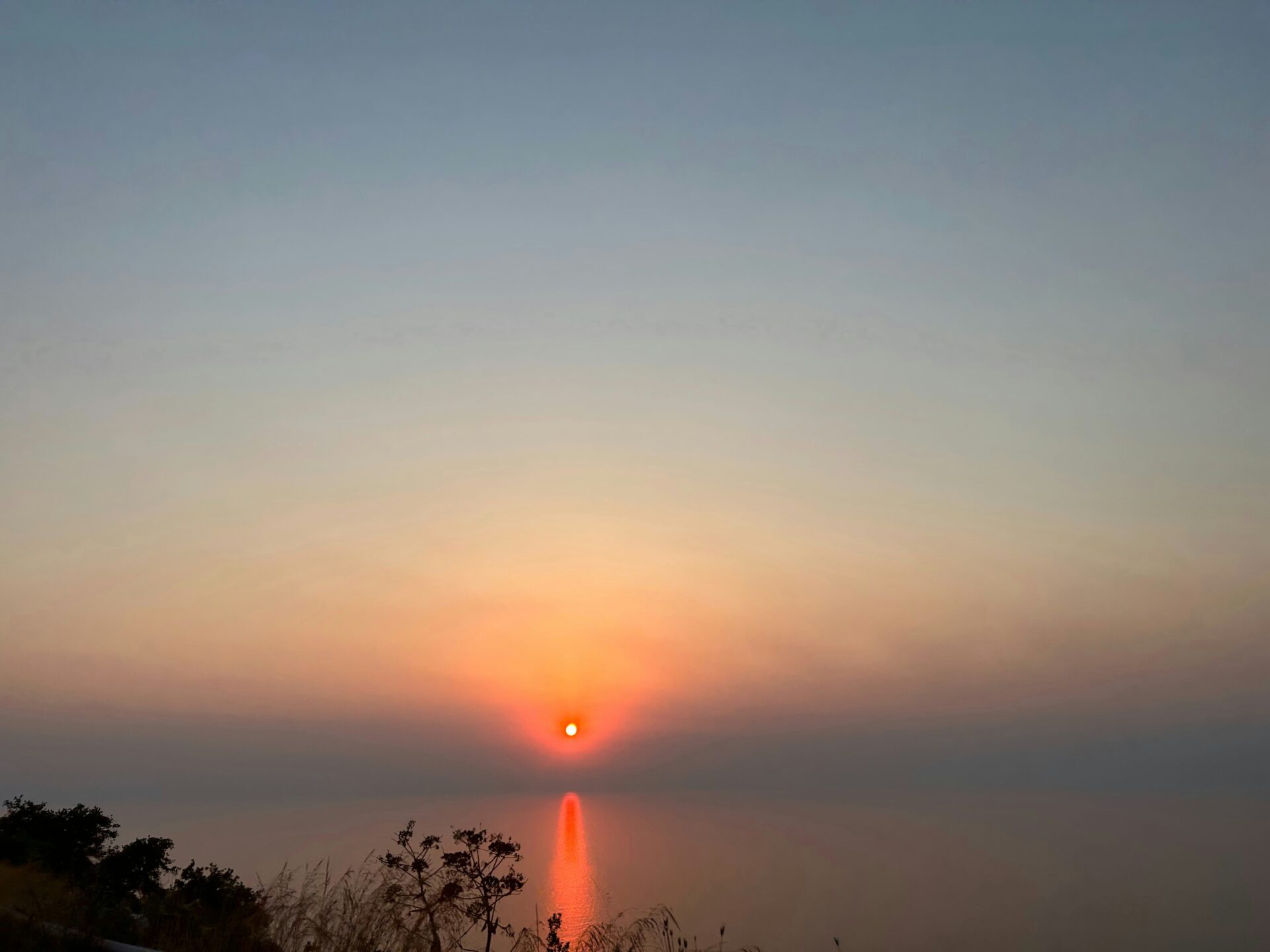
The Role of Translation and Sharing the Mani Experience
When I tried to share what I learned and saw in Mani, I found myself reaching past language barriers. Some of the best books about the region? They started out in Greek, like local guides and personal memoirs.
Translation shaped how I understood village customs, folklore, and even recipes. It’s honestly wild how much you can miss if you skip that step.
When I put together my articles, I tried to keep the language simple so anyone could read them. I usually added both the original place names and their English versions.
That made my stories and photos easier to find online and just more welcoming, I think. I didn’t want anyone to feel left out.
Sometimes I’d sit with local historians or chat with older villagers, scribbling notes while my translation app tried to keep up. Sharing those quotes, in both their language and mine, brought my writing closer to Mani’s real voice.
It’s not perfect, but it feels more honest that way.
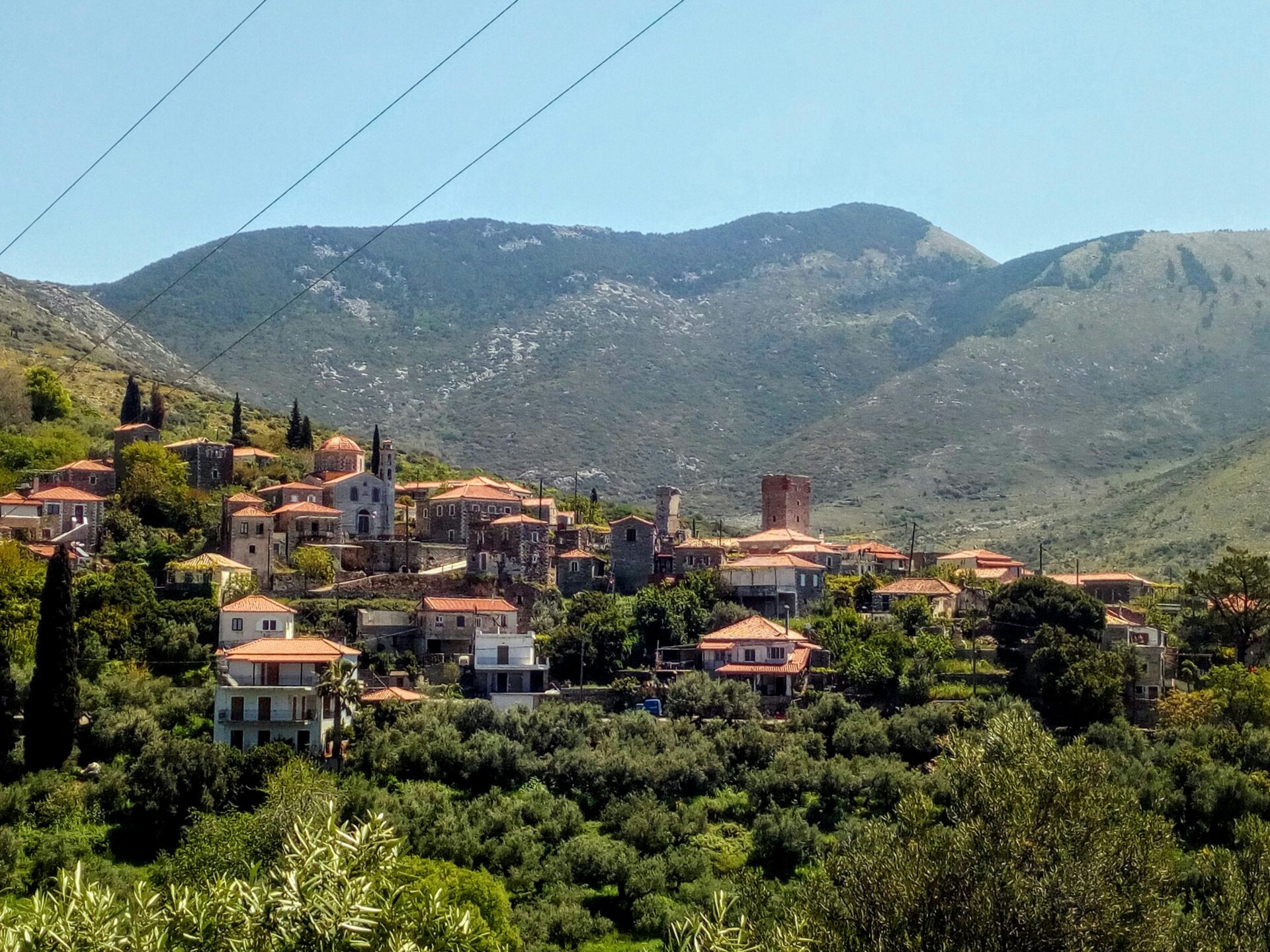
Footnotes, Ebooks, and Public Knowledge
References really matter when you’re telling Mani’s story. In my ebook drafts, I added footnotes to credit other photographers, local storytellers, and guidebooks.
I linked to sources and public domain photographs to build trust with readers. It also felt right to respect copyright.
I made sure to check which resources were in the public domain. That way, I could share vintage images or classic texts without worry.
If I couldn’t use something directly, I described it in my own words or dropped in a short excerpt with proper credit. Sometimes, it’s a bit of a judgment call.
For anyone curious to learn more, I threw in extra reading lists and direct links throughout the ebook. These touches make it easier for readers to dig deeper.
Honestly, it boosts my article’s SEO too, but mostly, I just want the travel community to find it useful.

